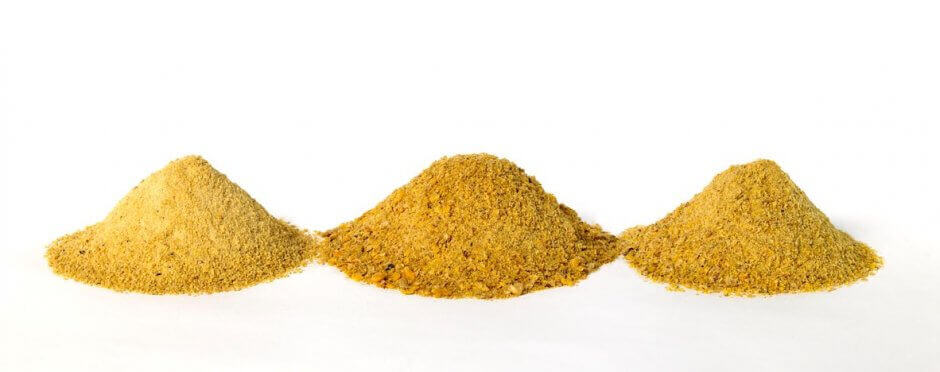Ingredient metrics are great, but make sure you’re using the right ones

A perpetual challenge for nutritionists, animal producers, manufacturers, and brokers of ingredients and raw materials is how to value them. This is no small task. Formulations of many ingredients, and other factors, determine animal performance levels (meat, milk, eggs, both quantity and quality), while feed costs routinely determine whether or not an operation makes or loses money.
It’s certainly understandable to want some common measurements, or metrics, that can be used for valuing ingredients. We’ve discussed here on the Insta-Pro blog about how some common measures, even something as common as crude protein, can be misleading.
One such protein measurement, important for dairy nutritionists and producers, is rumen by-pass protein – the proportion of the total protein that escapes, or by-passes, the rumen, and can then be used by the cow to support milk production. This is a topic we’ve documented on the blog many times (here, here, and here).
The total amount of by-pass protein is often thrown around as a metric for evaluating dairy ingredients. More by-pass protein is often assumed to be better. However, this is wrong for several reasons.
First, the amount of total by-pass protein tells you nothing about how available it is to the cow for milk production. It is the amount of digestible by-pass protein – in the intestine of the cow – that matters here. If the cow cannot digest the by-passed protein in the intestine, it’s of no use to help produce more. Anyone can produce more total by-pass protein by heating for excessive periods of time, but it will be damaged (less digestible).
Second, cows require both rumen by-pass protein and rumen degradable protein. The microbes that inhabit the rumen need to be fed, too. If 90% of your protein is by-pass (even if it is highly digestible, which it will almost certainly not be), the rumen is being starved. This is an unnatural state for the cow, and performance will suffer.
Third, you should get more with your by-pass ingredients – don’t focus on only one metric. We’ve shown how the high shear dry extrusion/mechanical oil pressing process (our ExPress® process) is creating by-pass fat for the cow (energy used to make more milk), and is enhancing rumen function, including a more natural state of increased fiber degradation.
When evaluating ingredients, make sure you’re using the metrics that matter. Are your suppliers just trying to hit a number without knowing why? Using measures that relate to animal performance is the only way to ensure that the right balance between production and economics has been achieved. We at Insta-Pro think like an equipment company and a nutrition company – providing you with tips for better formulations – not just the least cost.



